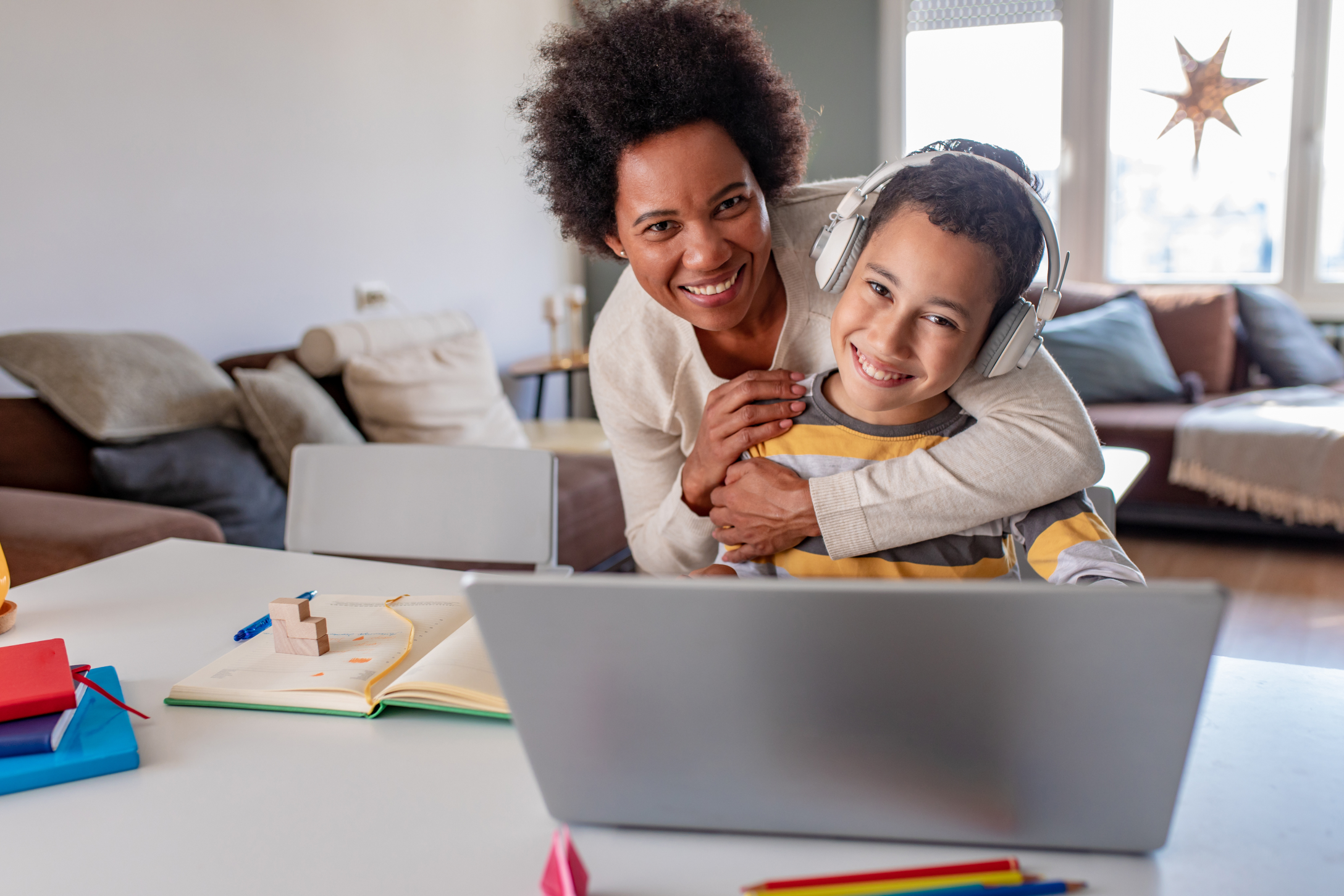
With many school districts throughout the US having gone fully remote or with some form of hybrid in-person/remote learning since the start of the school year, parents across the country are struggling to figure out how to keep their kids from consuming too much online media, experiencing screen fatigue, and blurring the lines between what's educational and what's purely entertainment.
More from MamásLatinas: 30 Fun & educational phone & iPad apps for kids
Most of us still have no idea what we're doing when it comes to online learning, despite having to endure it for a while at this point. So we turned to a professional to help us figure out what's too much and not enough, what's safe and not safe, and how exactly we're supposed to teach our kids to use technology responsibly and safely.
Dr. Michael Rich, aka "The Mediatrician," has been a pediatrician for over 20 years, is an associate professor at Harvard Medical School, and is a parent himself. Since founding the Center on Media and Child Health, he's become a foremost expert on the topic. Keep reading to find out the 15 tips for keeping kids' screen time under control that we learned during an of course, video chat with Dr. Rich.
Balance it with creative play.
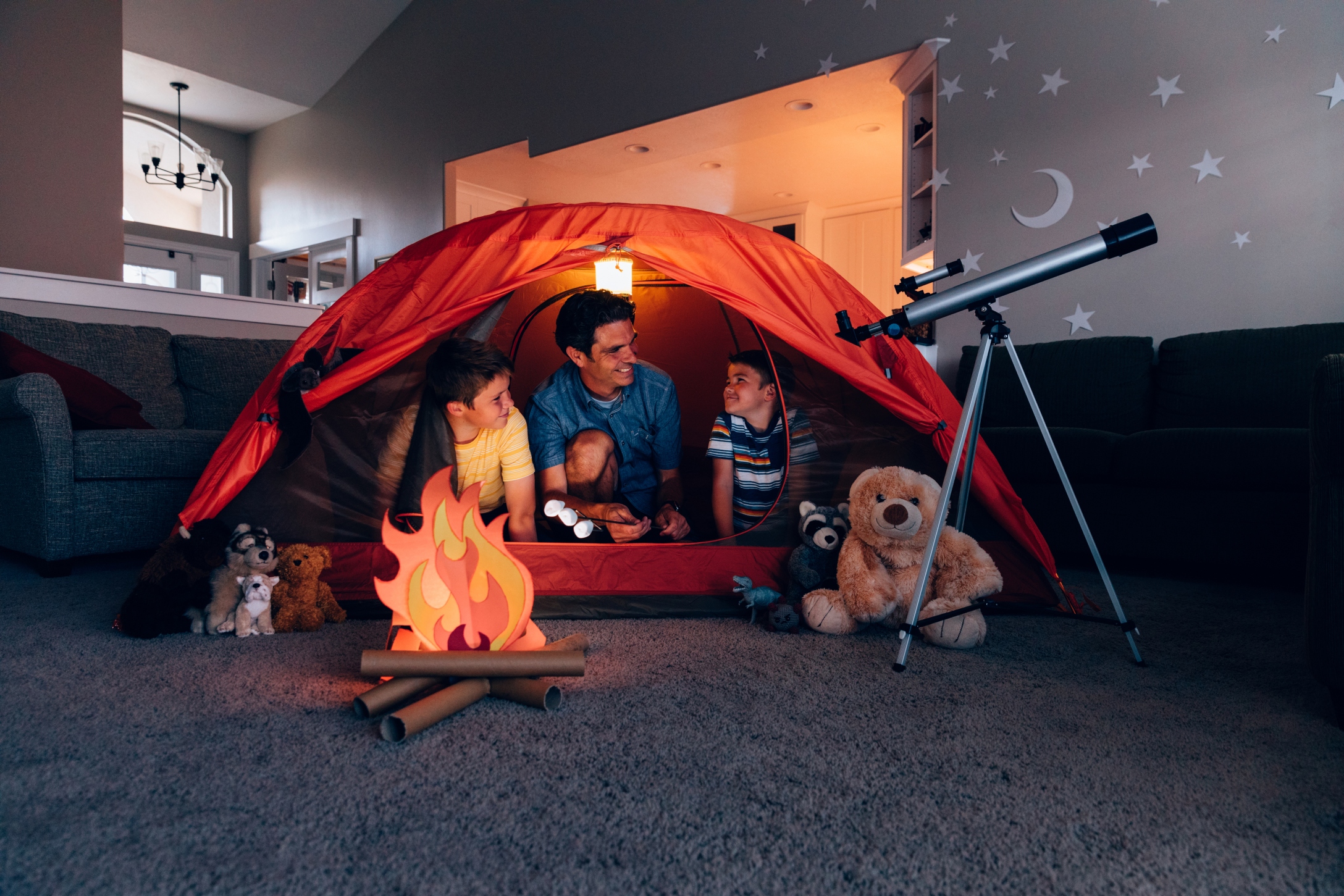
Days spent entirely at home are long. Like, super long. So it seems like a good idea to spend at least a few hours engaging in recreational screen time. No need to feel shame about that, but make an effort to ensure your kids are also getting in some creative play each day. Send them outdoors as often as possible and provide them with materials to be imaginative with. Think drawing and painting tools, Lego bricks, musical instruments, etc. If your kids are older, STEAM-inspired building sets, jigsaw puzzles, or even model car or plane sets could be good ideas.
Media are tools.
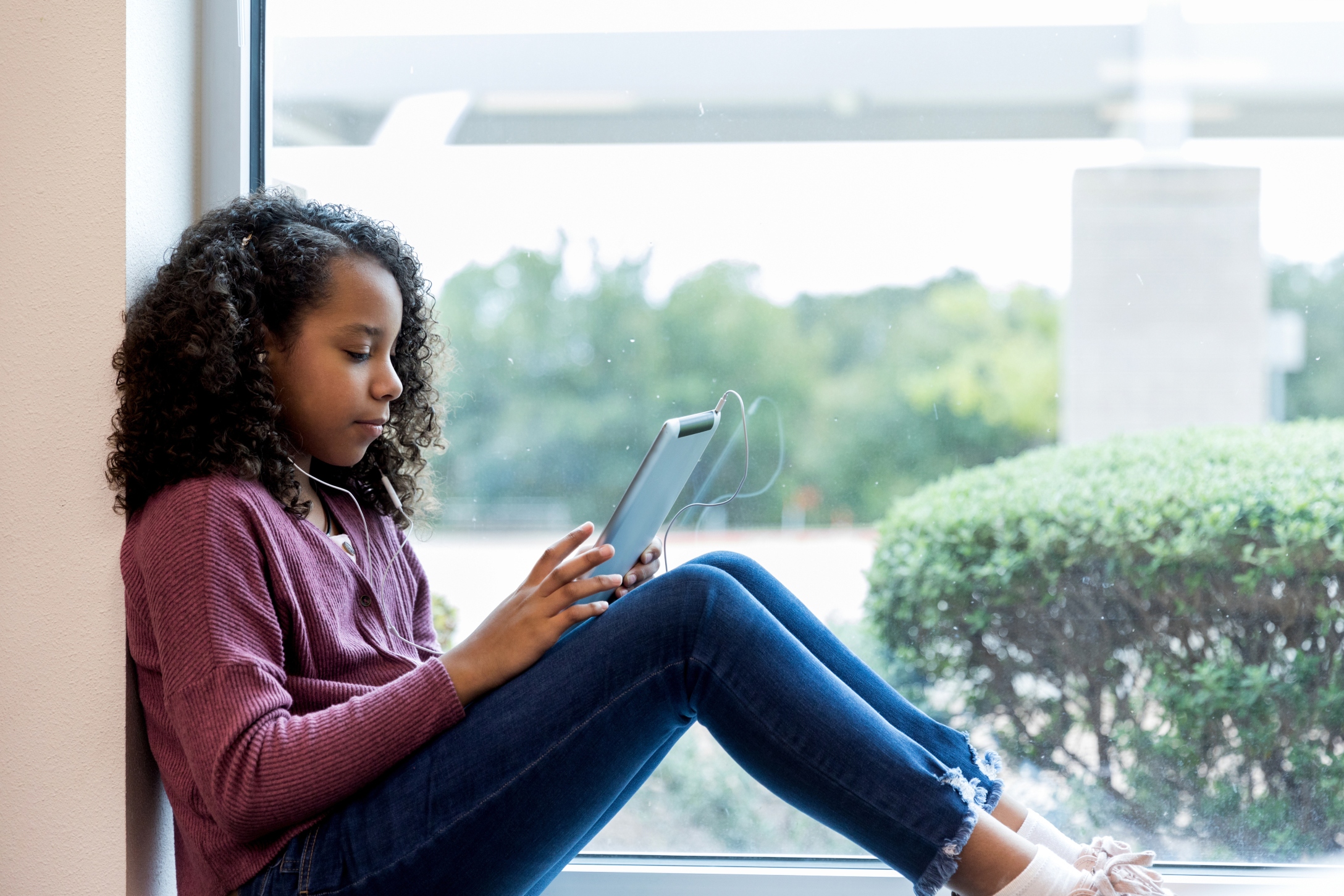
First off, it's important for children to understand that digital media are tools, not toys. Dr. Rich believes that as parents, we need to change our attitudes toward screens, since they are obviously the best tool for the job in our current situation in the middle of the global health crisis.
Make it mindful.
Parents should be thinking, "Can I use it in mindful and directed ways instead of mindless ways?" says Dr. Rich. When screen time is used mindfully, we can avoid many of the pitfalls that parents and their children face, such as digital burnout, decreased attention span, and chronic lack of activity.
Quality matters more than quantity.
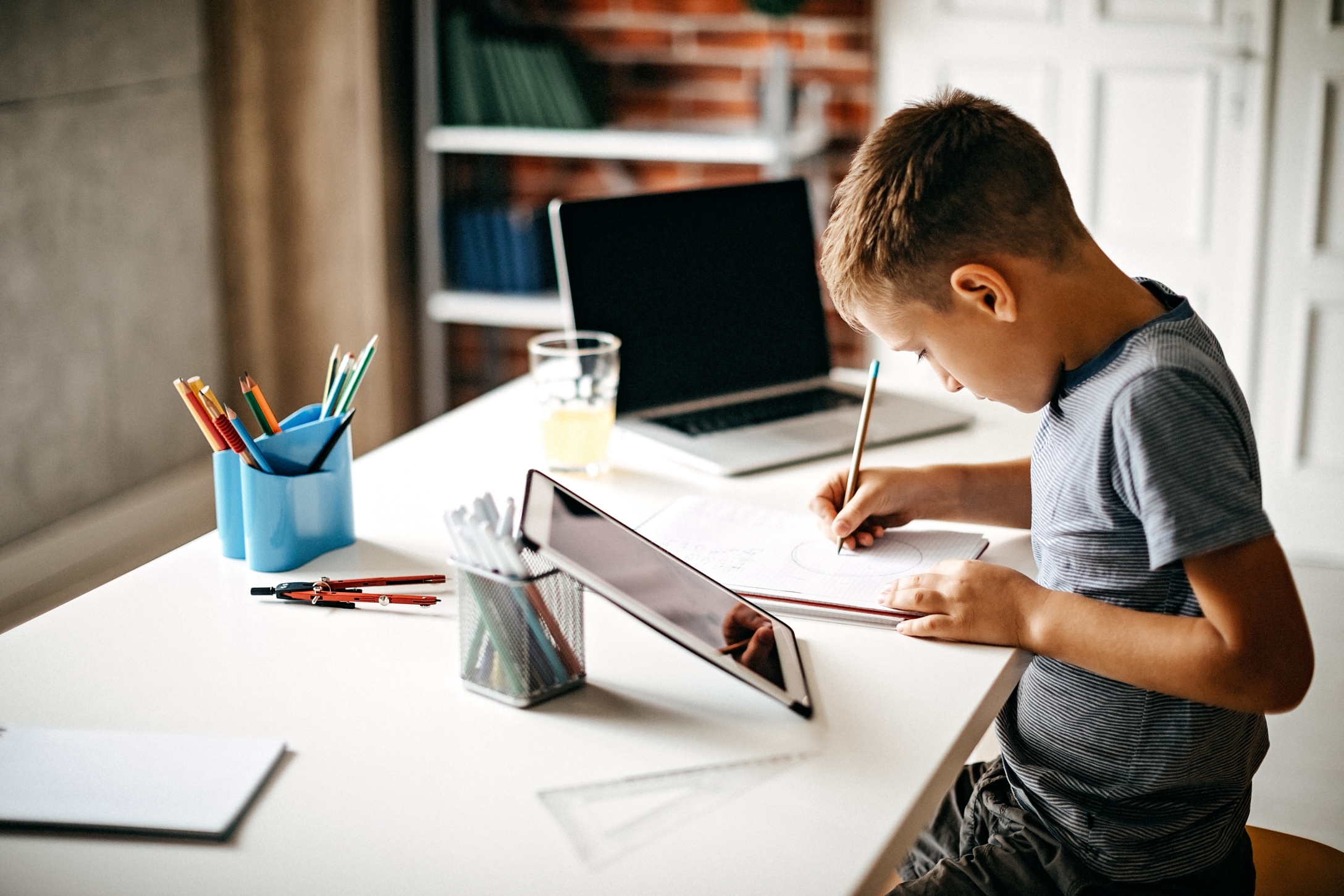
"It's not the amount of time you’re spending on screens, it's what you're spending your time on screens with," says Dr. Rich. Ask yourself, "What is the value?" If there's value in what your children are using the devices for, let them use them freely.
Allow what's valuable.
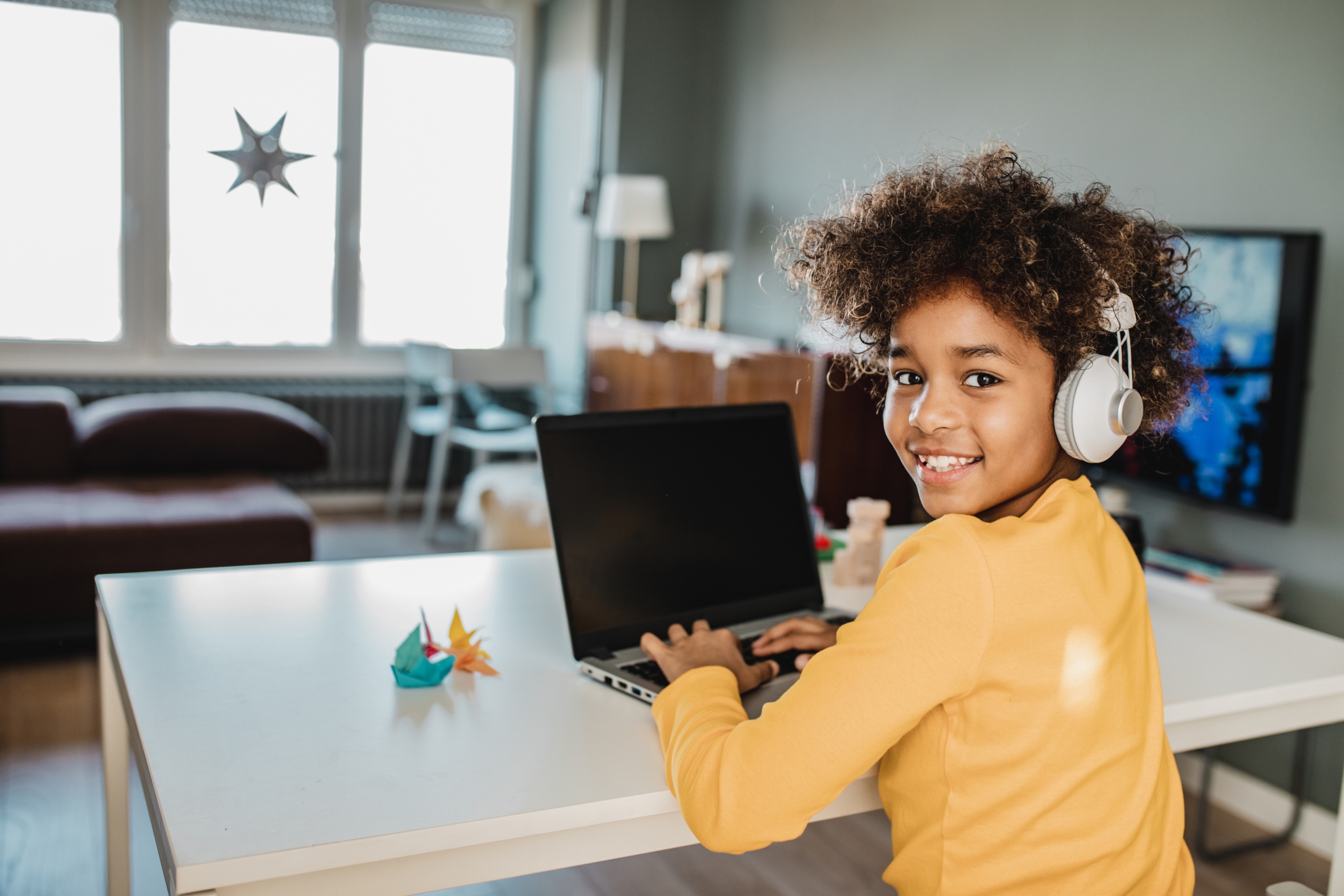
For example, school time is obviously quality screen time, as is something like using YouTube to research a specific topic or learn a new skill, or bonding over a video game together. Valuable screen time requires less strict time limits. Mindlessly scrolling on social media and self-isolating to play video games is not quality time and should be limited.
In this era, technology serves many purposes.
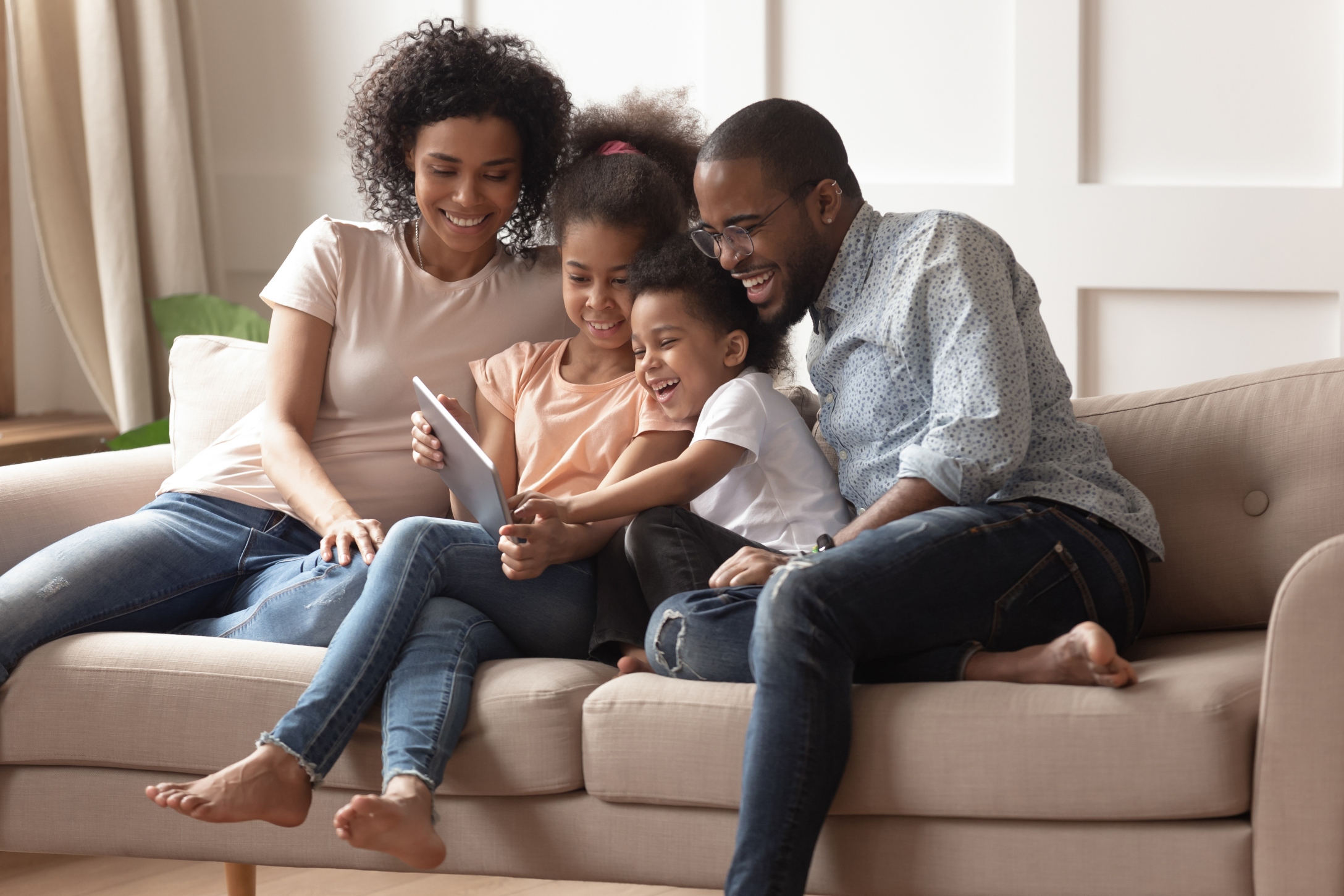
Probably more than ever before, technology-based devices are serving many purposes for individuals and families. They've replaced books, magazines, radios, playdates, family gatherings, and now classrooms, among many other things. When determining whether your child should be allowed to use a device, remember that.
Don't stress about specific time limits.
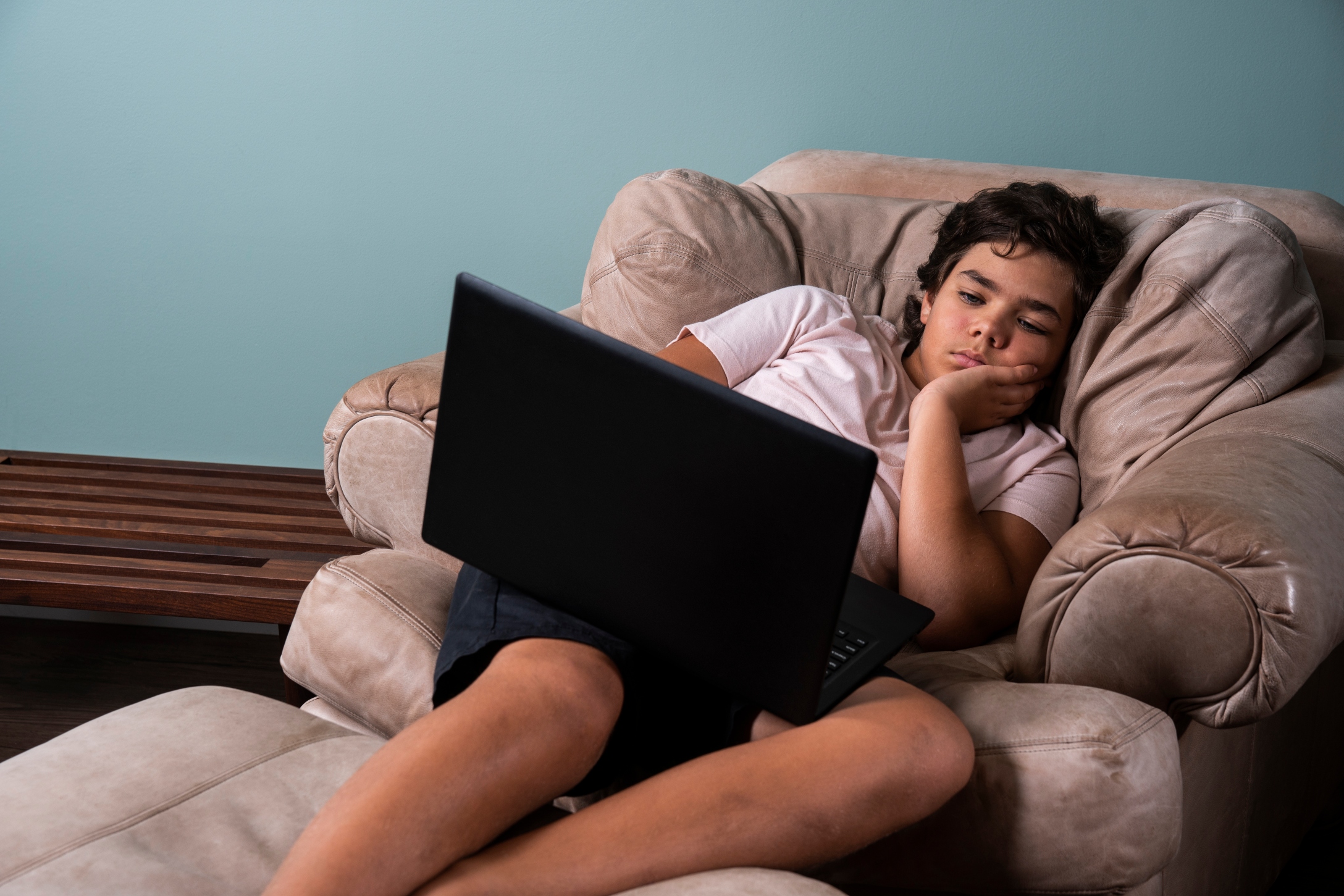
With that in mind, try not to worry about specific time limits when it comes to technology use. "The concept of screen time is an obsolete concept," asserts Dr. Rich. Your children will likely be spending far more than their previously allowed amounts of time on their devices just for schoolwork, so it's to be expected that those limits will go right out the window.
It's OK to use devices for fun, too.
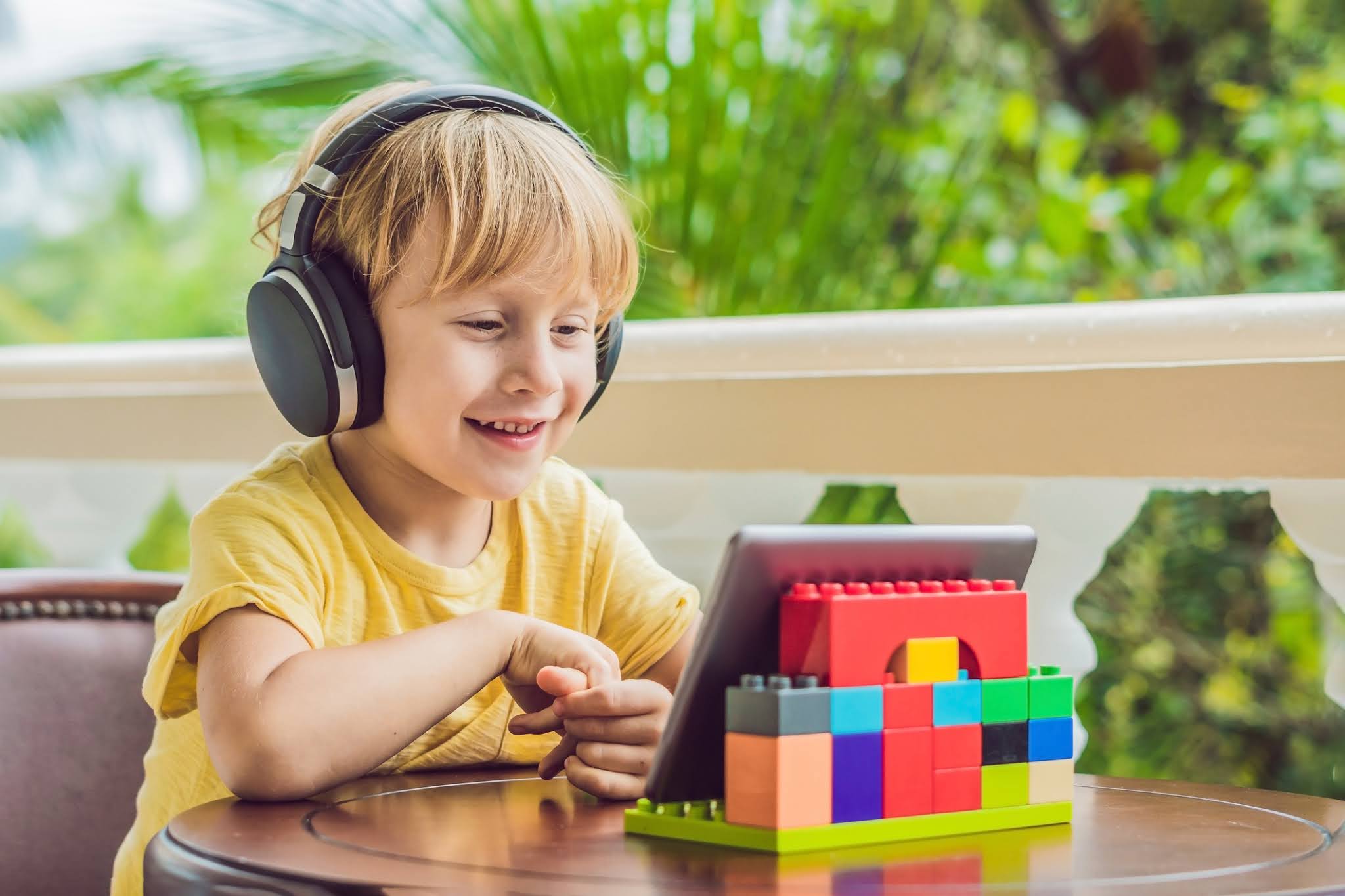
Remember your kids should still get to use their devices for fun. Just like grown-ups, kids like to decompress with a game or show or connect with friends via text or video calls, and that's OK. Just be sure schoolwork is completed first, and try working with your child to agree on appropriate boundaries for this sort of media usage.
They may not want to, though.
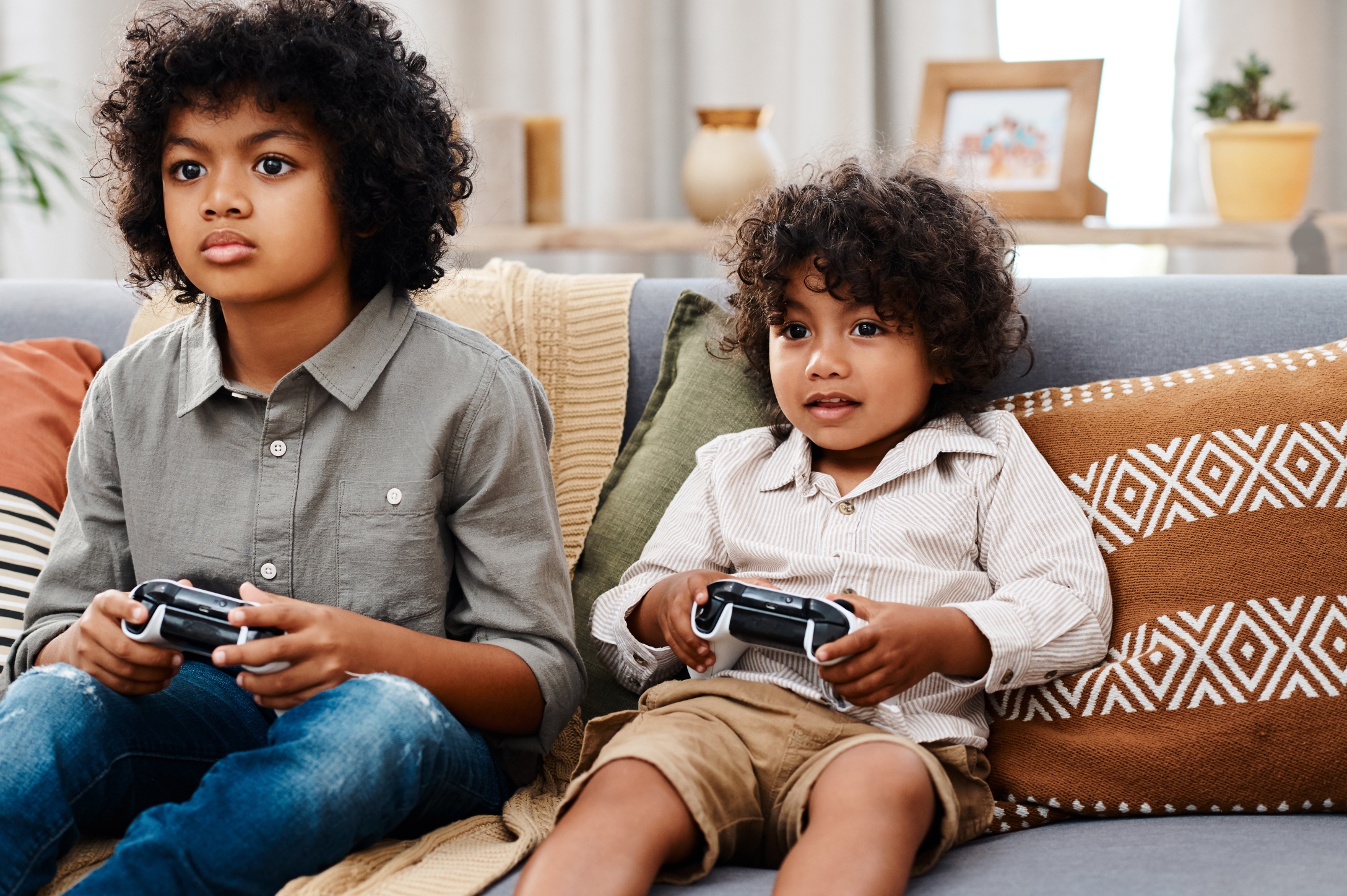
Keep in mind that just like you might be experiencing "Zoom fatigue," your kids might also. After a full day of remote learning, some kids—especially younger children—may be desperate for a break from screens.
Build in breaks.

Make sure your kids have time and space for things beyond the screen. Dr. Rich suggests creating a predictable routine for weekdays, with set times for sleep and meals and plenty of opportunities for non-screen play. "Not having a schedule is actually very anxiety-inducing for kids," he says.
Provide other outlets.
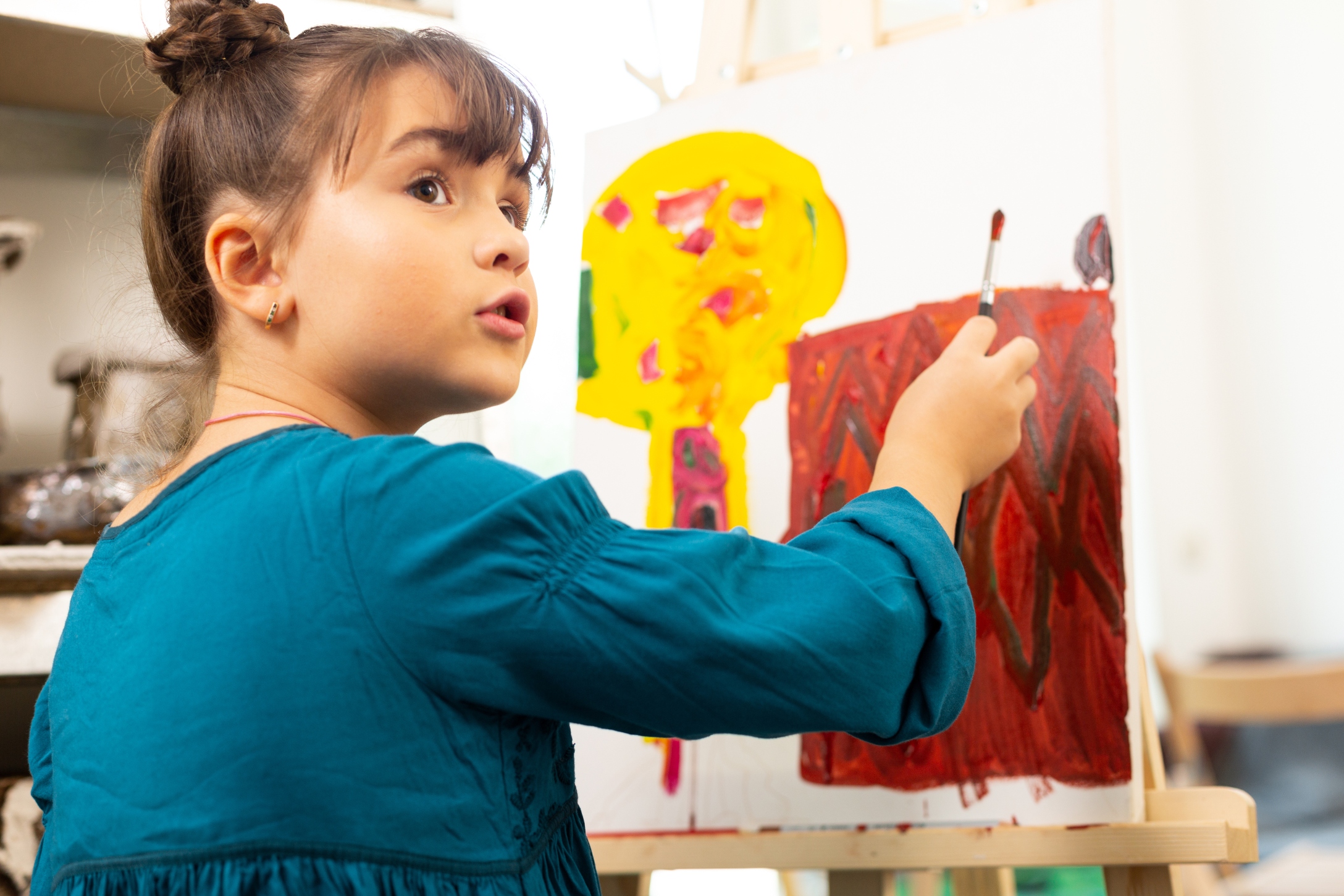
Make sure your kids have plenty of other activities—such as toys, craft materials, and books—to turn to when they're over the screen and need to engage in more hands-on ways. Create a space where your kids can play freely, use their imaginations, and burn off extra energy they may have built up after sitting in front of a screen for hours.
Teach rather than police.
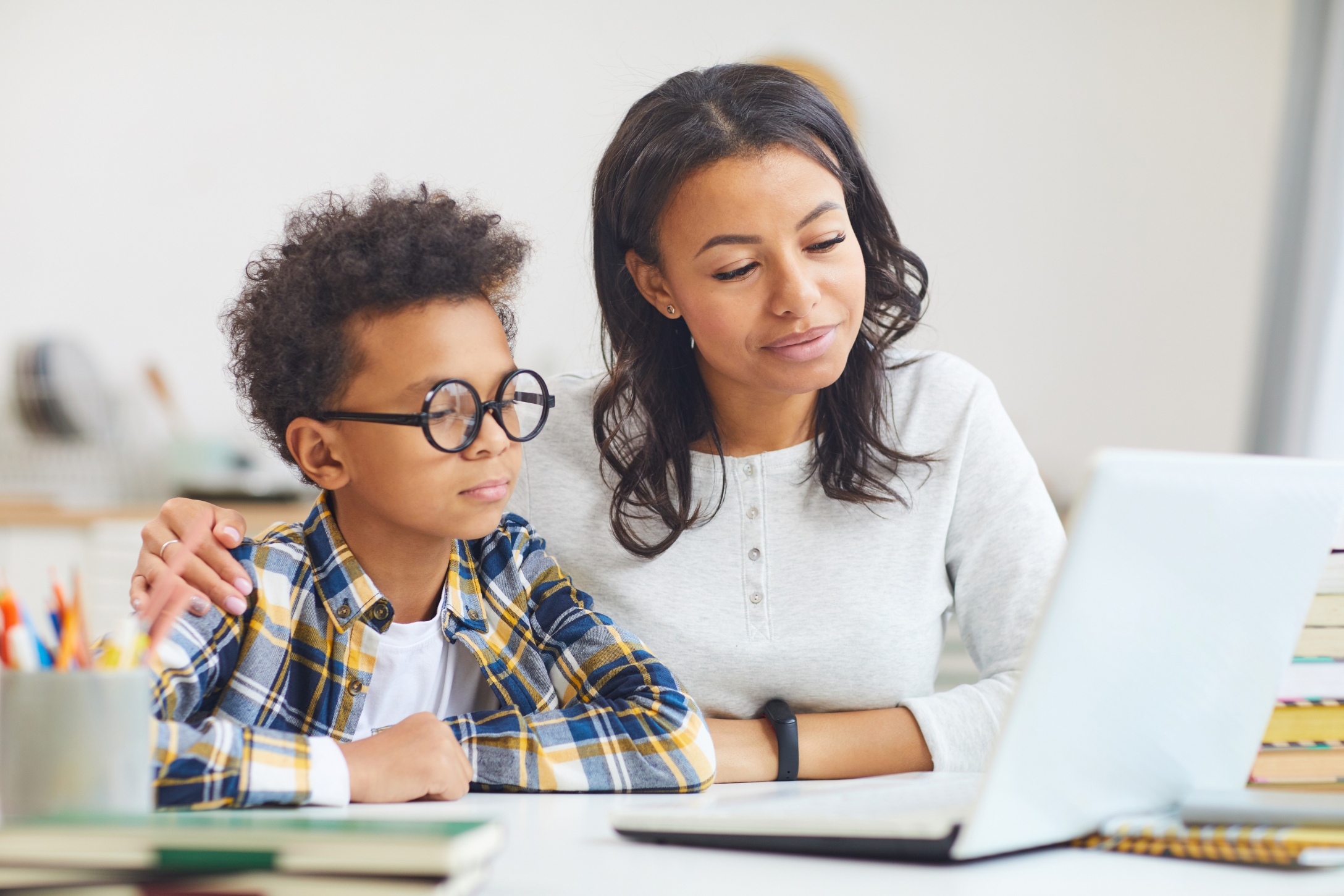
Dr. Rich compares teaching our children how to use media responsibly to teaching them how to drive a car. It's important that we show them how to use it appropriately rather than lord over their every move. "Give them ownership over it, but do not police it," he says.
Mastery is the goal.
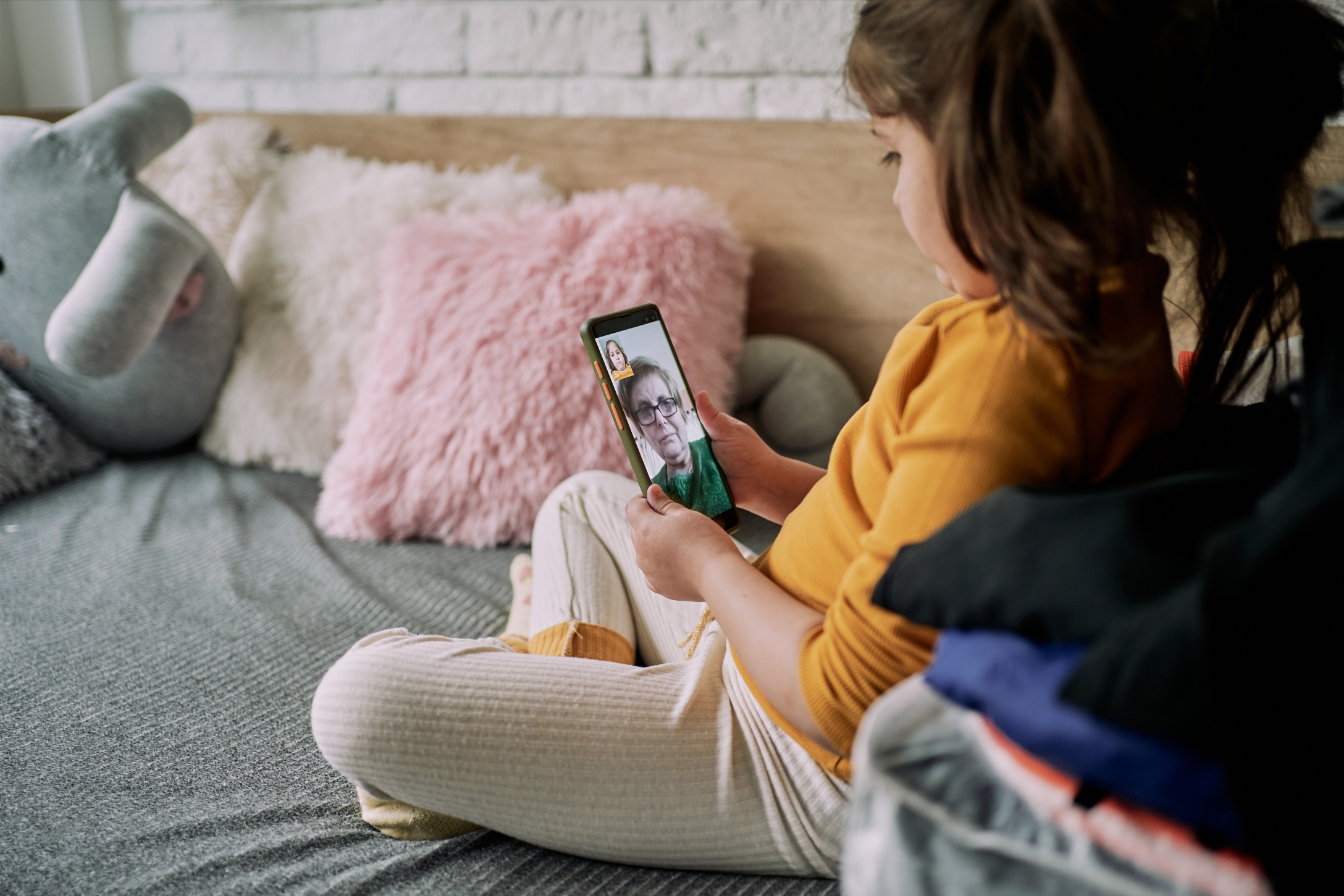
Mastering online and digital media is an essential life skill, and rather than teaching our children about internet safety, Dr. Rich suggests that we should be focusing on internet mastery. We should teach our children how to use the internet and their devices appropriately, how to identify potentially dangerous and disturbing content and situations, and what to do if they encounter those by having open, honest discussions with them.
But there should be boundaries.
With that said, as parents it's still our job to ensure the safety of our children. While Dr. Rich says to "trust your instincts that you know your child really well," he also believes that it's best to limit device use to common areas of your home in order to ensure your children are not using the internet in ways that are unsafe and unhealthy.
Lose the negativity.

Many parents are just not happy about the whole remote learning situation, but it's important for us to ditch that negativity in order to model good attitudes and positivity to our children, toward both remote learning and screen time rules and boundaries. "Kids are about 1% of what we say, but 100% of what we do," says Dr. Rich.
Make a fresh start.
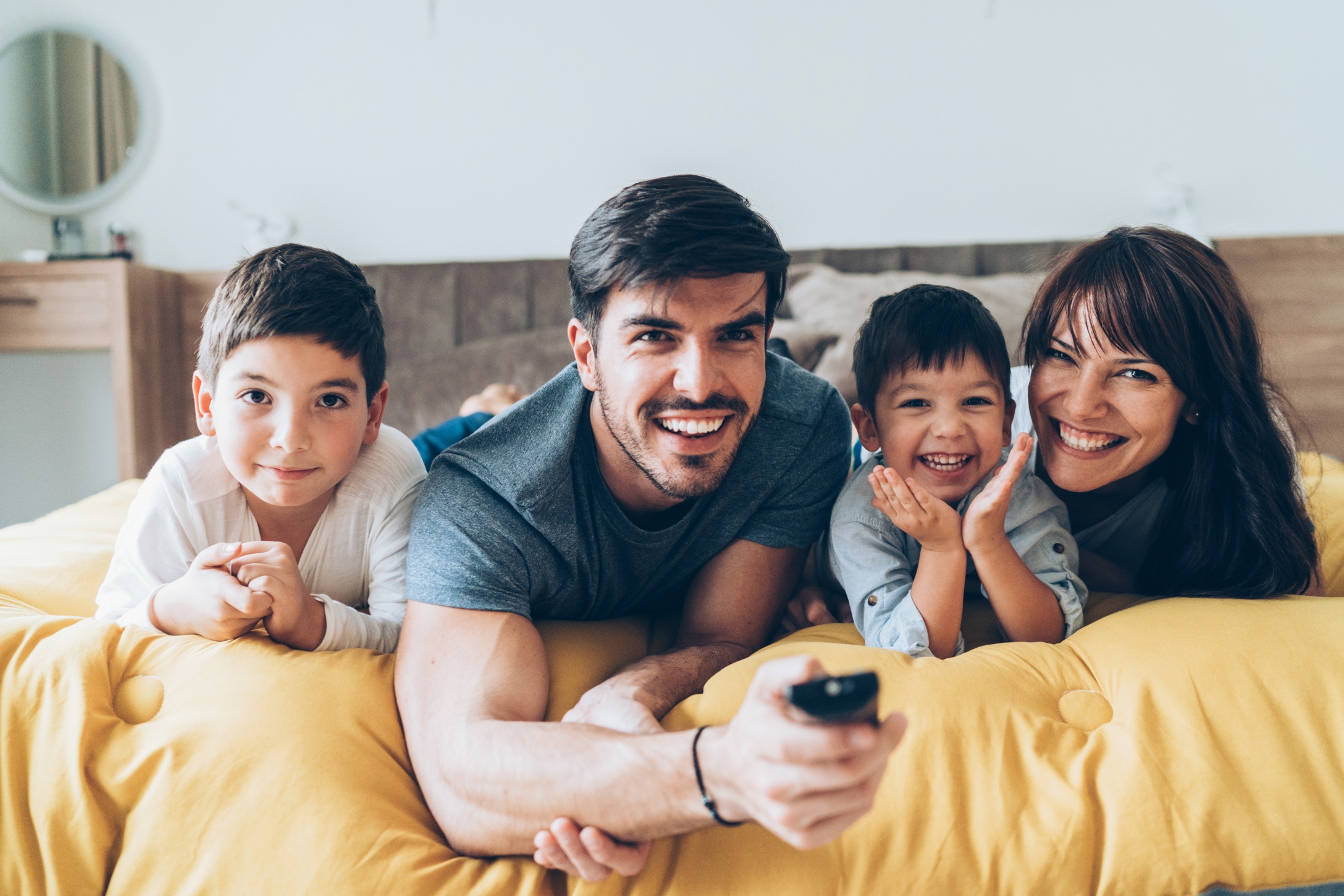
"We completely botched it up in the spring," Dr. Rich says of America's first round of widespread remote learning. But that doesn't mean we can't do better this time. With clear expectations; a bit of structure; mutual cooperation between parents, children, and educators; and lots of time for fun, family bonding, and play, screen time doesn't have to cause us strife.




